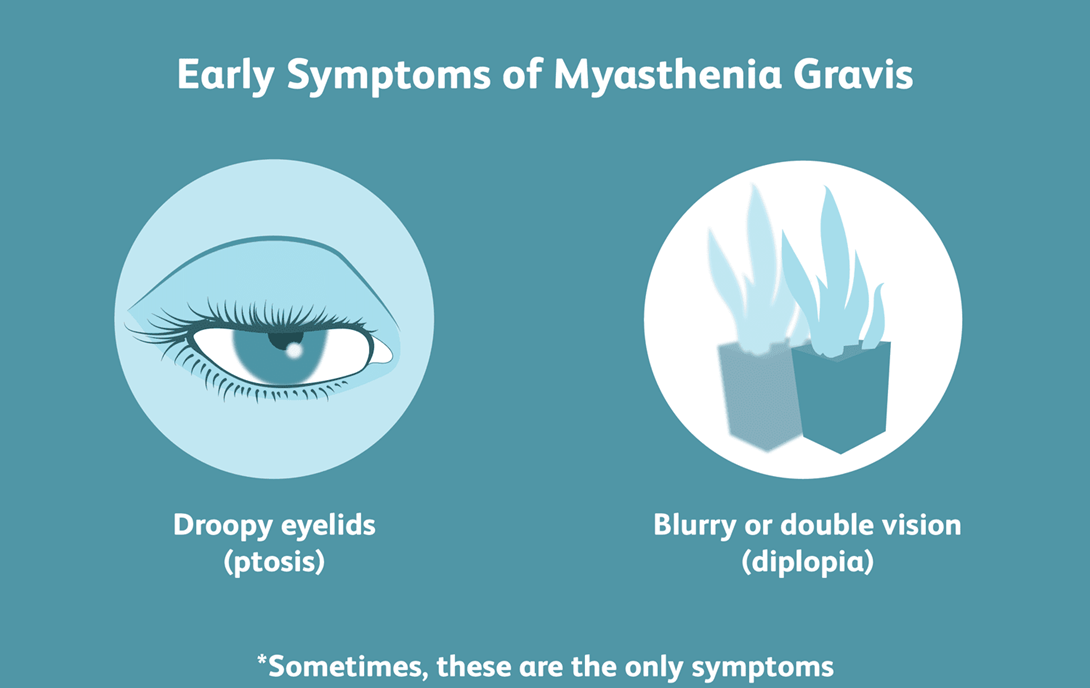A nurse is caring for a client who has myasthenia gravis. Which of the following actions should the nurse take?
Instruct the client to take prescribed anticholinesterase with meals
Position the head of the client's bed to 40° while eating
Encourage the client to lie down after eating
Provide the client with food cut into small bites
The Correct Answer is B
Choice A reason: Anticholinesterase medications should be taken 30 minutes before meals, not with meals. This is because they enhance the action of acetylcholine, which improves muscle strength and swallowing ability.
Choice B reason: Positioning the head of the client's bed to 40° while eating helps prevent aspiration and facilitates swallowing. This is the best action for the nurse to take for a client who has myasthenia gravis.
Choice C reason: Encouraging the client to lie down after eating is not advisable, as it increases the risk of aspiration and reflux. The client should remain upright for at least 30 minutes after eating.
Choice D reason: Providing the client with food cut into small bites is not enough to ensure safe and adequate nutrition. The client may still have difficulty swallowing and chewing. The nurse should also offer soft, moist, and easy-to-swallow foods, and avoid foods that are dry, sticky, or hard.

Nursing Test Bank
Naxlex Comprehensive Predictor Exams
Related Questions
Correct Answer is D
Explanation
Choice A reason: Increasing the caloric intake before pregnancy is not an appropriate dietary guideline, as it can lead to excessive weight gain and obesity, which can increase the risk of gestational diabetes, hypertension, and other complications. The nurse should advise the client to maintain a healthy weight and a balanced diet before and during pregnancy.
Choice B reason: Increasing the total intake of seafood to 20 ounces per week is not an appropriate dietary guideline, as it can expose the client to high levels of mercury, which can harm the developing fetus. The nurse should advise the client to limit the intake of seafood to 8 to 12 ounces per week, and avoid fish that are high in mercury, such as shark, swordfish, and king mackerel.
Choice C reason: Decreasing ascorbic acid in the diet is not an appropriate dietary guideline, as it can impair the immune system and the absorption of iron, which are both important for the health of the mother and the fetus. The nurse should advise the client to consume adequate amounts of ascorbic acid, which is found in citrus fruits, tomatoes, broccoli, and other foods.
Choice D reason: Increasing folic acid to 400 micrograms per day prior to getting pregnant is an appropriate dietary guideline, as it can prevent neural tube defects, such as spina bifida and anencephaly, in the fetus. The nurse should advise the client to take a daily prenatal vitamin that contains folic acid, and eat foods that are rich in folate, such as leafy greens, beans, and fortified cereals.
Correct Answer is A
Explanation
Choice A reason: Elevating the head of the client's bed can help prevent aspiration and facilitate swallowing. The nurse should keep the client's head elevated at least 30 degrees during and after feeding, and check for signs of aspiration, such as coughing, choking, or wheezing.
Choice B reason: Using a syringe to give the client fluids is not a safe method, as it can cause the fluids to enter the airway too quickly and cause aspiration. The nurse should use a spoon or a cup to give the client fluids, and thicken them if needed to make them easier to swallow.
Choice C reason: Instructing the client to chew on the left side of their mouth is not a good idea, as the left side is paralyzed and has reduced sensation. The client may not be able to chew or feel the food on that side, and may accidentally bite their tongue or cheek. The nurse should instruct the client to chew on the right side of their mouth, which is unaffected by the stroke.
Choice D reason: Instructing the client to swallow with their head tilted back is not a good practice, as it can open the airway and allow food or liquid to enter the lungs. The nurse should instruct the client to swallow with their head tilted slightly forward, which can close the airway and direct the food or liquid to the esophagus.
Whether you are a student looking to ace your exams or a practicing nurse seeking to enhance your expertise , our nursing education contents will empower you with the confidence and competence to make a difference in the lives of patients and become a respected leader in the healthcare field.
Visit Naxlex, invest in your future and unlock endless possibilities with our unparalleled nursing education contents today
Report Wrong Answer on the Current Question
Do you disagree with the answer? If yes, what is your expected answer? Explain.
Kindly be descriptive with the issue you are facing.
